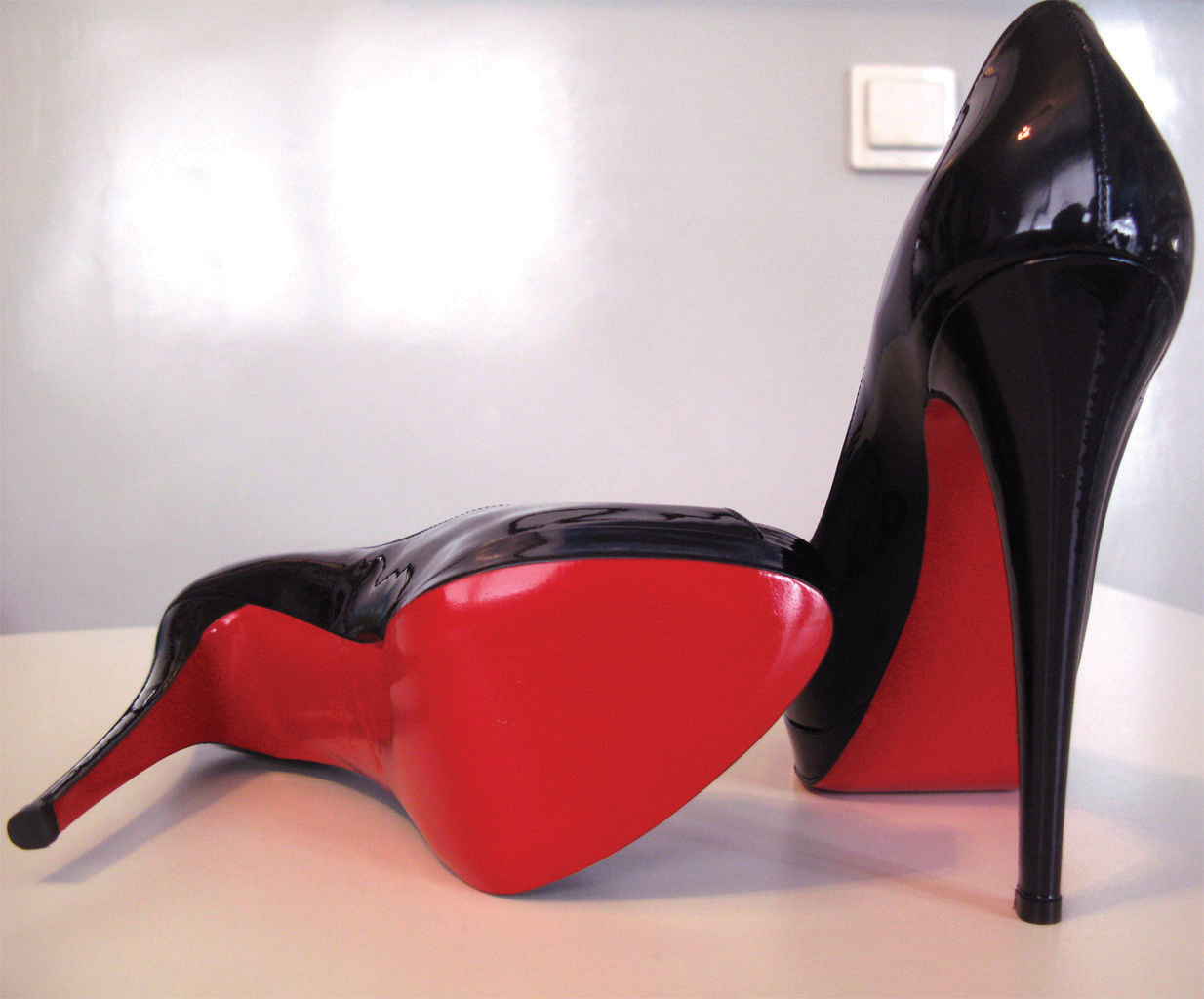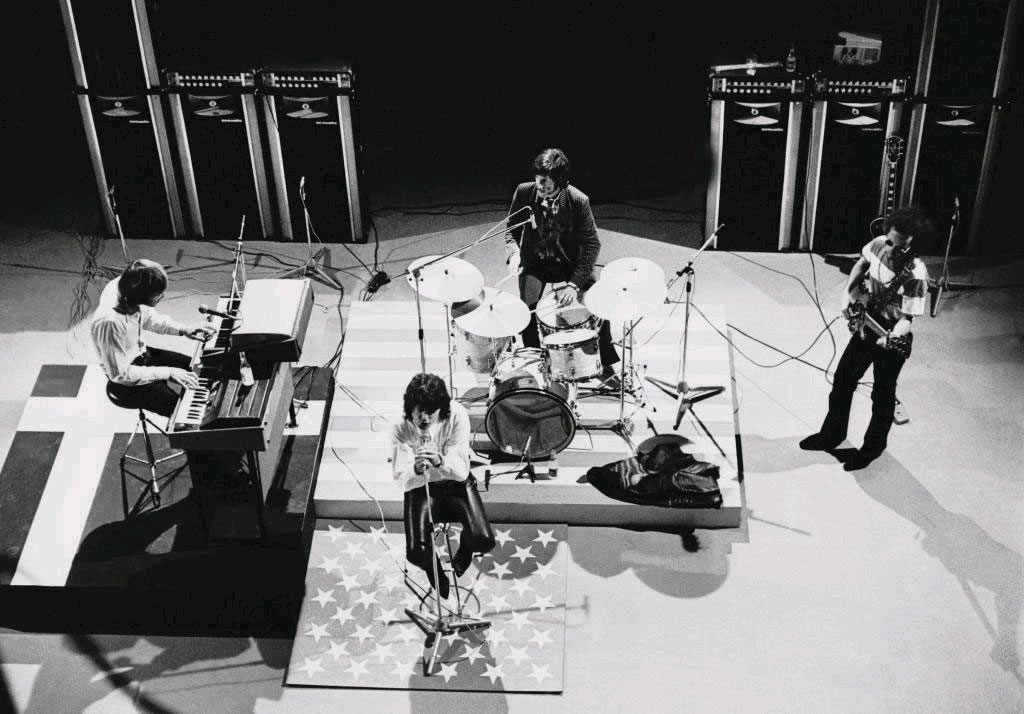4.3 Intellectual Property
Learning Objectives
- Define the four major types of intellectual property.
- Be able to provide examples of each intellectual property type.
- Understand how intellectual property can be a valuable resource for firms.
Defining Intellectual Property
The inability of competitors to imitate a strategic resource is a key to leveraging the resource to achieve long–term competitive advantages. Companies are clever, and effective imitation is often very possible. But resources that involve intellectual property reduce or even eliminate this risk. As a result, developing intellectual property is important to many organizations.
Intellectual property refers to creations of the mind, such as inventions, artistic products, and symbols. The four main types of intellectual property are patents, trademarks, copyrights, and trade secrets (Table 4.5 “Types of Intellectual Property”). If a piece of intellectual property is also valuable, rare, and nonsubstitutable, it constitutes a strategic resource. Even if a piece of intellectual property does not meet all four criteria for serving as a strategic resource, it can be bundled with other resources and activities to create a resource.
A variety of formal and informal methods are available to protect a firm’s intellectual property from imitation by rivals. Some forms of intellectual property are best protected by legal means, while defending others depends on surrounding them in secrecy. This can be contrasted with Southwest Airlines’ well-known culture, which rivals are free to attempt to copy if they wish. Southwest’s culture thus is not intellectual property, although some of its complements such as Southwest’s logo and unique color schemes are.
Table 4.5 Types of Intellectual Property
The term intellectual property refers to creations of the mind, such as inventions, artistic products, and symbols. Some forms of intellectual property by law while others can best be defended by surrounding them in secrecy.
| Patents protect inventions from direct imitation for a limited period of time. Within the pharmaceutical industry, patents protect the new drugs created by firms such as Merck and Pfizer for up to twenty years. If a new drug gains acceptance in the market, its patent creates a window of opportunity for the patent holder to enjoy excellent profits. |
| Trademarks are phrases, pictures, names, or symbols used to identify a particular organization. McDonald’s golden arches, the phrase “Intel Inside,” and the brand name Old Navy are examples of trademarks. |
| Copyrights provide exclusive rights to the creators of original artistic works such as books, movies, songs, and screenplays. Sometimes copyrights are sold and licensed. The late pop star Michael Jackson bought the rights to The Beatle’s music catalog and later licensed songs to Target and other companies for use in television advertisements. |
| Trade secrets refer to formulas, practices, and designs that are central to a firm’s business and that remain unknown to competitors. One famous example is the blend of eleven herbs and spices used in Kentucky Fried Chicken’s original recipe chicken. KFC protects this secret by having multiple suppliers each produce a portion of the herb and spice blend; no one supplier knows the full recipe. |
Patents
Table 4.6 Patents
Patents protect inventions from direct imitation for a limited period of time. Some examples and key issues surrounding patents are illustrated below.
| To earn a patent from the U.S. Patent and Trademark Office, an inventor must demonstrate than an invention is new, non obvious, and useful. | As several different inventors raced to create a workable system for voice transmission over wires, Alexander Graham Bell was awarded a patent for the telephone in 1876. |
| Perhaps the greatest inventor in history was Thomas Edison, who was awarded over one thousand patents. | In a 2011 lawsuit, EBSCO alleged that Bass Pro Shops sold a product that violated EBSCO’s patent on a deer-hunting stand that helps prevent hunters from falling out of trees. EBSCO’s complaint was settled out of court. |
Patents are legal decrees that protect inventions from direct imitation for a limited period of time (Table 4.6 “Patents”). Obtaining a patent involves navigating a challenging process. To earn a patent from the US Patent and Trademark Office, an inventor must demonstrate than an invention is new, nonobvious, and useful. If the owner of a patent believes that a company or person has infringed on the patent, the owner can sue for damages. In 2011, for example, a private company named EBSCO alleged that retailer Bass Pro Shops sold a product that violated EBSCO’s patent on a deer-hunting stand that helps prevent hunters from falling out of trees. Rather than endure a costly legal fight, the two sides agreed to settle EBSCO’s complaint out of court.
Patenting an invention is important because patents can fuel enormous profits. Imagine, for example, the potential for lost profits if the Slinky had not been patented. Shipyard engineer Richard James came up with the idea for the Slinky by accident in 1943 while he was trying to create springs for use in ship instruments. When James accidentally tipped over one of his springs, he noticed that it moved downhill in a captivating way. James spent his free time perfecting the Slinky and then applied for a patent in 1946. To date, more than three hundred million Slinkys have been sold by the company that Richard James and his wife Betty created.

Patenting inventions such as the Slinky helps ensure that the invention is protected from imitation.
Wikimedia Commons – public domain.
Trademarks
Trademarks are phrases, pictures, names, or symbols used to identify a particular organization (Table 4.7 “Trademarks”). Trademarks are important because they help an organization stand out and build an identity in the marketplace. Some trademarks are so iconic that almost all consumers recognize them, including McDonald’s golden arches, the Nike swoosh, and Apple’s outline of an apple.
Other trademarks help rising companies carve out a unique niche for themselves. For example, French shoe designer Christian Louboutin has trademarked the signature red sole of his designer shoes. Because these shoes sell for many hundreds of dollars via upscale retailers such as Neiman Marcus and Saks Fifth Avenue, competitors would love to copy their look. Thus legally protecting the distinctive red sole from imitation helps preserve Louboutin’s profits.

Fashionistas instantly recognize the trademark red sole of Christian Louboutin’s high-end shoes.
Wikimedia Foundation – CC BY-SA 3.0.
Trademarks are important to colleges and universities. Schools earn tremendous sums of money through royalties on T-shirts, sweatshirts, hats, backpacks, and other consumer goods sporting their names and logos. On any given day, there are probably several students in your class wearing one or more pieces of clothing featuring your school’s insignia; your school benefits every time items like this are sold.
Schools’ trademarks are easy to counterfeit, however, and the sales of counterfeit goods take money away from colleges and universities. Not surprisingly, many schools fight to protect their trademarks. In October 2009, for example, the University of Oklahoma announced that it was teaming with law enforcement officials to combat the sale of counterfeit goods around its campus (Ward, 2009). This initiative and similar ones at other colleges and universities are designed to ensure that schools receive their fair share of the sales that their names and logos generate.
Table 4.7 Trademarks
An organization’s trademarks consist of phrases, pictures, names, or symbols that are closely associated with the organization. Some examples and key issues surrounding trademarks are illustrated below.
| To be fully protected in the United States, a trademark must be registered with the United States Patent and Trademark Office. A capital R with a circle around it denotes a registered trademark. | Many small companies use their founders’ name as the basis for a trademarked company name. |
| As part of the punishment for German aggression during World War I, German drug maker Bayer lost its trademark on “Aspirin” in France, Russia, the United Kingdom, and the United States. Today, Bayer still retains its trademark in Germany, Canada, Mexico and dozens of other countries. | The distinctive pattern of Burberry Ltd. is an example of a trademark that does not involve words or symbols. |
Copyrights
The rights of creators of original artistic works such as books, movies, songs, and screenplays are protected by copyrights. Some examples and key issues surrounding copyrights are illustrated below.
| In China, millions of pirated DVDs are sold each year, and music piracy is estimated to account for at least 95 percent of music sales. In response, the U.S. government has pressed its Chinese counterpart to better enforce copyrights. | The presence of the copyright symbol tells consumers that they are not allowed to duplicate the product that carriers the copyright. | When it became apparent that The Verve’s 1997 hit single “Bittersweet Symphony” duplicated a Rolling Stones song, The Verve was forced to give up the copyright for the song. |
| Today’s cheesy television ads aimed at inventors follow a long traditional of companies offering to help individuals copyright their ideas–for a small fee, of course. | A painting such as Johannes Vermeer’s “Girl with a Pearl Earring” enters the public domain (i.e., is not subject to copyright) one hundred years after its creator’s death. |
Copyrights provide exclusive rights to the creators of original artistic works such as books, movies, songs, and screenplays (Figure 4.8 “Copyrights”). Sometimes copyrights are sold and licensed. In the late 1960s, Buick thought it had an agreement in place to license the number one hit “Light My Fire” for a television advertisement from The Doors until the band’s volatile lead singer Jim Morrison loudly protested what he saw as mistreating a work of art. Classic rock by The Beatles has been used in television ads in recent years. After the late pop star Michael Jackson bought the rights to the band’s music catalog, he licensed songs to Target and other companies. Some devoted music fans consider such ads to be abominations, perhaps proving the merit of Morrison’s protest decades ago.

He looks calm here, but the licensing of a copyrighted song for a car commercial enraged rock legend Jim Morrison.
Wikimedia Commons – public domain.
Over time, piracy has become a huge issue for the owners of copyrighted works. In China, millions of pirated DVDs are sold each year, and music piracy is estimated to account for at least 95 percent of music sales. This piracy deprives movie studios, record labels, and artists of millions of dollars in royalties. In response to the damage piracy has caused, the US government has pressed its Chinese counterpart and other national governments to better enforce copyrights.
Trade Secrets
Trade secrets refer to formulas, practices, and designs that are central to a firm’s business and that remain unknown to competitors (Table 4.9 “Trade Secrets”). Trade secrets are protected by laws on theft, but once a secret is revealed, it cannot be a secret any longer. This leads firms to rely mainly on silence and privacy rather than the legal system to protect trade secrets.
Table 4.9 Trade Secrets
Trade secrets are formulas, practices, and designs that are central to a firm’s business and that remain unknown to competitors. Everyone loves a good mystery, so it is no surprise that legends have arisen around some trade secrets. Some examples and key issues surrounding trade secrets are illustrated below.
| Low-end fast food chain Long John Silver’s considers its “crumblies” (small bits of fried batter) to be a trade secret, but would anyone really want to solve the mystery? | In 2006, Pepsi was offered a chance to buy a stolen copy of Coca-Cola’s secret recipe. An FBI sting was created and the thieves were arrested. | WD-40 was developed to repel water and prevent corrosion, but it was later found to have over two thousand uses. Creating WD-40 took a lot of work: the product’s unusual name stands for “Water Displacement, 40th attempt.” Despite being created in 1953, the formula for making WD-40 remains unknown outside the company that sells it. |
| FarmVille creator Zynga alleged in a lawsuit that Disney had lured away Zynga employees to work for Disney and then urged the employees to turn over a secret “playbook” that described Zynga’s strategy. The case was settled out of court in late 2010. | In a 1995 episode of the hit comedy Sienfeld, a very successful but mean-spirited restaurateur nicknamed the “Soup Nazi” saw his business collapse when his secret recipes were revealed to customers. Individuals could now make delicious soups at home rather than endure the Soup Nazi’s verbal abuse when buying soup. |
Some trade secrets have become legendary, perhaps because a mystique arises around the unknown. One famous example is the blend of eleven herbs and spices used in Kentucky Fried Chicken’s original recipe chicken. KFC protects this secret by having multiple suppliers each produce a portion of the herb and spice blend; no one supplier knows the full recipe. The formulation of Coca-Cola is also shrouded in mystery. In 2006, Pepsi was approached by shady individuals who were offering a chance to buy a stolen copy of Coca-Cola’s secret recipe. Pepsi wisely refused. An FBI sting was used to bring the thieves to justice. The soft-drink industry has other secrets too. Dr Pepper’s recipe remains unknown outside the company. Although Coke’s formula has been the subject of greater speculation, Dr Pepper is actually the original secret soft drink; it was created a year before Coca-Cola.
Key Takeaway
- Intellectual property can serve as a strategic resource for organizations. While some sources of intellectual property such as patents, trademarks, and copyrights can receive special legal protection, trade secrets provide competitive advantages by simply staying hidden from competitors.
Exercises
- What designs for your college or university are protected by trademarks?
- What type of intellectual property provides the most protection for firms?
- Why would a firm protect a resource through trade secret rather than by a formal patent?
References
Ward, C. 2009, October 8. OU works to prevent trademark infringement. The Oklahoma Daily. Retrieved from http://www.oudaily.com/news/2009/oct/08/ou-works-prevent-trademark-infringement.


